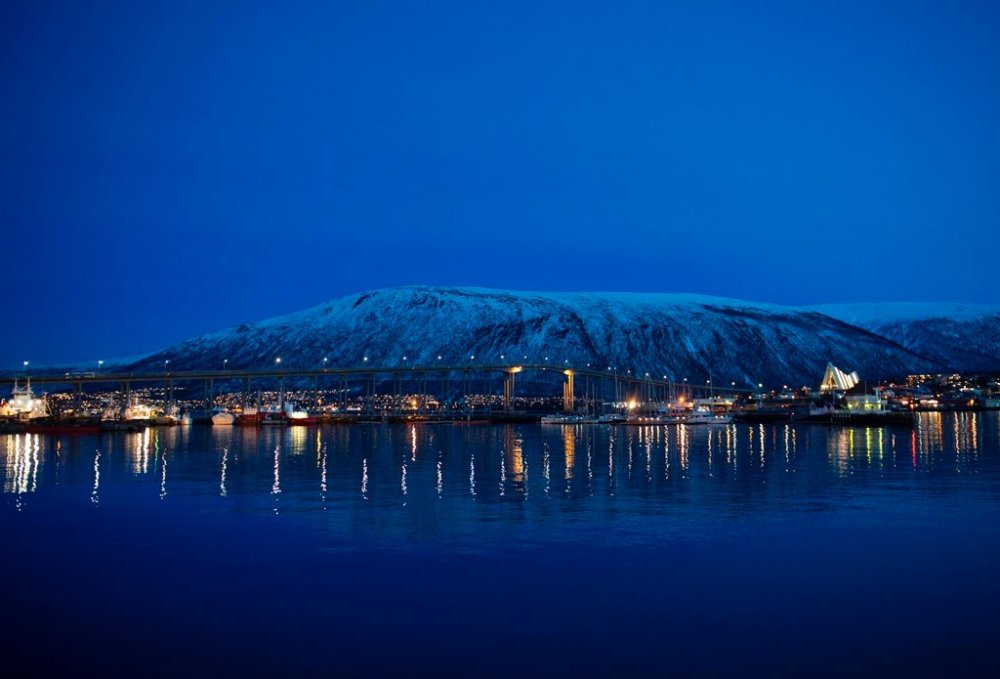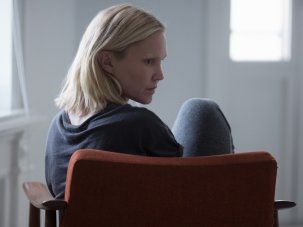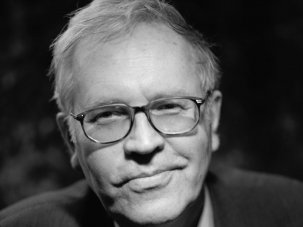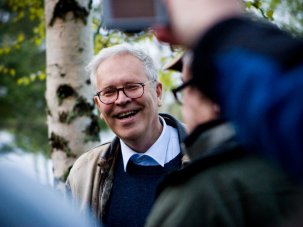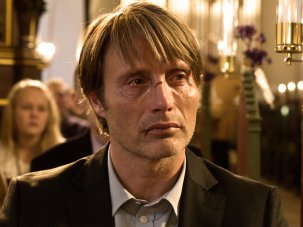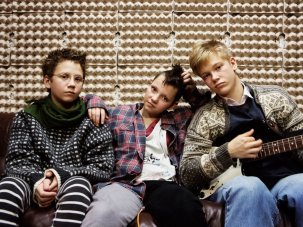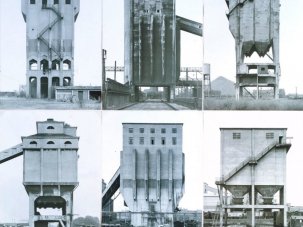At first glance, the Norwegian city of Tromsø appears an unlikely place to hold a film festival, particularly in mid January. It sits over 200 miles north of the Arctic Circle, the temperature outside on the day I arrive is a face-numbing minus-17 celsius, and the daylight that appeared for a couple of hours in the morning – when the sun almost but not quite rose above the icy peaks that surround the town – has receded into the blackness that marks winter in the frozen North. And yet this year the Tromsø International Film Festival marked its 25th anniversary, greeting what seemed to be a bustling mix of enthusiastic locals of all ages, and foreign visitors whose eyes are as likely to water from the price of a cup of coffee as from the biting cold.
25th Tromsø International Film Festival
12-18 January 2015 | Norway
In actual fact, although the vast majority of tourists come to see the northern lights or take a “polar safari”, Tromsø isn’t such an incongruous venue for a celebration of the arts. The city has had the popular nickname of “the Paris of the North” since the 1800s, and hosts a number of music festivals and arts events throughout the year. It has several very fine cinemas – from the beautiful Verdensteatret Kino, first opened in 1916, to new arts centres that are models of Scandinavian design and function, and monuments to Norway’s oil-rich economy and domestic investment.
The “Paris” tag owes a debt to Tromsø’s history as a port of call for polar expeditions heading still further north, and as a major stop for sea traffic traversing the northern seas. It’s a place that’s always had a rotating influx of outsiders, as well as being an historical cultural centre for the Sami people. Still today, the fast-expanding city retains a left-leaning independence of spirit in keeping with its geographical isolation, and frequently at odds with the political orthodoxy in Oslo.
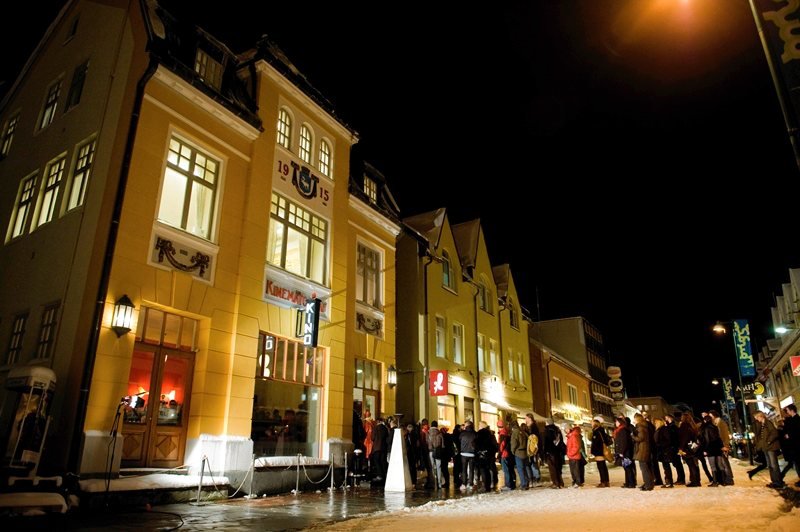
Tromsø’s Verdensteatret Kino
Credit: Ingun A. Mæhlum/TIFF
“Tromsø may feel like it’s far away from things, but for the high northern regions it’s a meeting place,” the festival’s artistic director Marthe Otte tells me. “People in Tromsø have historically had business relations with people on the continent and in Russia, and it affected styles, it affected standards. It’s an international city and a cultural city. A little city with a big attitude!”
The festival was founded just as the rapid expansion in the number of film festivals began in the 1990s, which affected Norway as much as anywhere. “In Norway now there are 100 different film festivals,” says Otte, who became the festival’s director in 2005, but has been involved in one capacity or another since 1998. “As well as the Norway International Film Festival in Haugesund each August, and the Bergen festival in September – which focuses on documentaries – there are smaller events that concentrate on animation, shorts, documentaries…
“It says a lot about the way Norwegian cinemas are working nowadays, as they get more mainstream and things need to get packaged up as event screenings. I wish I could say that that diversity in festivals reflects a growing cinephilia in Norway, but I don’t think we’ve got that far. This isn’t really a film country – but the average person at our festival sees six over the week, which is a high number”.
In the year it was founded, Tromsø had one main cinema, whose programmer felt that his regular audience were being denied the chance to see films they would find of interest because of Norway’s then risk-averse distribution network. “The festival line was ‘films you wouldn’t otherwise get to see’”, explains Otte. “We’re still standing on that foundation, but we try to offer more context. We have films that are several years old, but – for the first time this year, where in the past we have had retrospectives – positioned within themes.”
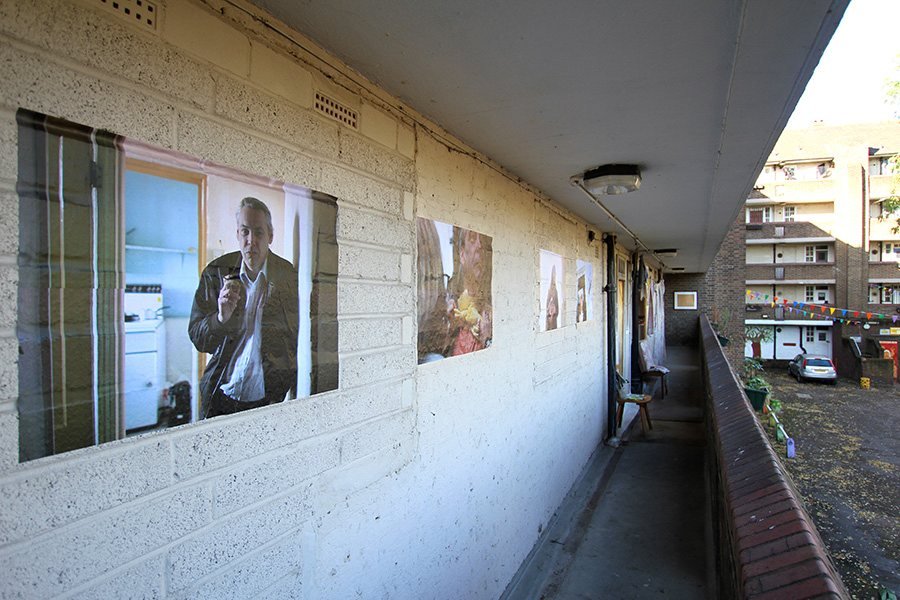
Estate, a Reverie (2015)
The programming mixes a ‘best of the festivals’ haul of some of the year’s standouts, as yet unscreened in Norway, and gathered into Tromsø’s Competition and Horizons strands (among this year’s titles were Birdman, Andrei Zvyagintsev’s Leviathan, Joshua Oppenheimer’s The Look of Silence, Christian Petzold’s Phoenix, Lisandro Alonso’s Jauja and Bruno Dumont’s L’il Quinquin, which took the Fipresci prize), with others collected into thematic strands, which also allows for the programming of recent popular titles; Foxcatcher, for instance, with its tale of struggling working-class wrestlers grabbed as pawns by American Old Money, sat well in a sidebar programme of films that looked at social inequalities and class relations.
Further examples of that approach included Laurent Cantet’s Human Resources (1998) in the Inequality for All section, and, interestingly, Richard Linklater’s Austin, Texas cross-sectional debut Slacker (1991) in City: Scope, a section devoted to city films.
“I started thinking about urban planning in relation to cities,” says Otte. “So many festivals have done programmes about cities, but I wanted to do it differently; what attracted me was the quality-of-life question. If you accept the trend that people will continue to move to cities, how can we live well in them and what can films tell us about that.”
Other titles in the strand included Do the Right Thing, David Byrne’s True Stories, and Estate, a Reverie, British-based artist-filmmaker Andrea Luka Zimmerman’s wistful documentary/essay film (co-written with sometime S&S contributor Gareth Evans, among others) about life on the Haggerston Estate in Hackney, which introduces us to several of its residents (of whom Zimmerman was one), up to its eventual demolition in 2014. Otte regards the key film in the strand to be The Human Scale, a 2013 film by Danish director Andreas Dalsgaard, which explores the debates and considerations in play with urban planning through the work of architect Jan Gehl.
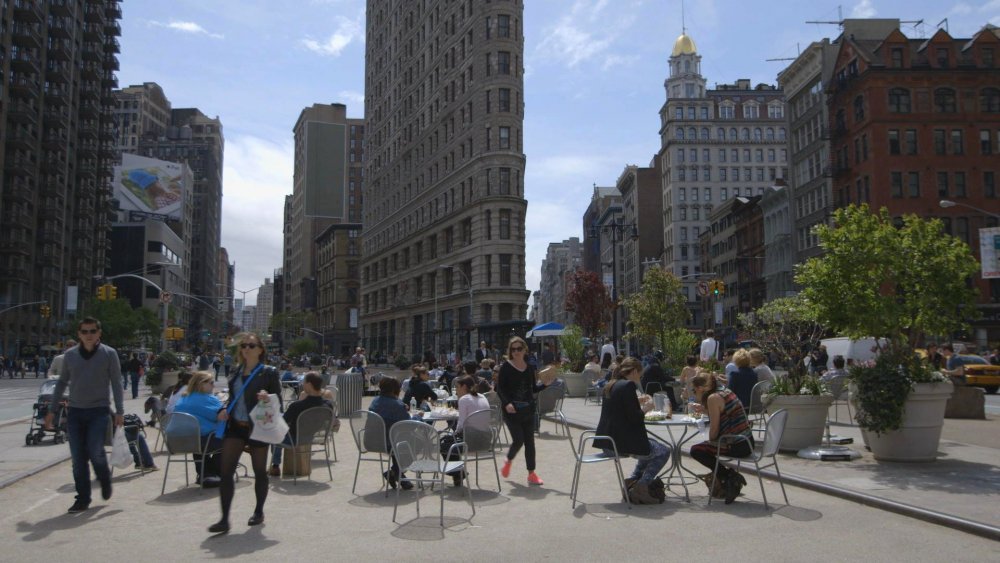
The Human Scale (2012)
The approach to the City:Scope strand was prompted by the festival’s anniversary: “With the 25th anniversary there was a sense of the need for a big summing up but I didn’t want that, I wanted to look ahead,” says Otte. “We are at a cusp, and so is cinema: are we really strong enough to say we want people to see films in the cinema, or do we go down digital platforms, which is what some other festivals have been doing? I think we have to keep doing what we’re doing. People need cinemas, cities need cinemas – they need those social arenas.”
Another of the ways in which Tromsø distinguishes itself from the pack is in its annual Films From the North sidebar. The strand collects films made by filmmakers working in the far north, whether in Norway, Finland and Sweden or in northern Russia and Canada, and includes the section Sámi Stories, with films made by the indigenous people of Norway’s far north.
“It’s very important,” acknowledges Otte. “It’s the unique thing we have to offer. An international film festival anybody can do; this is the only festival with that circumpolar focus. Some of the people whose shorts and documentaries we have played in the strand have gone on to make features, which is good news.”
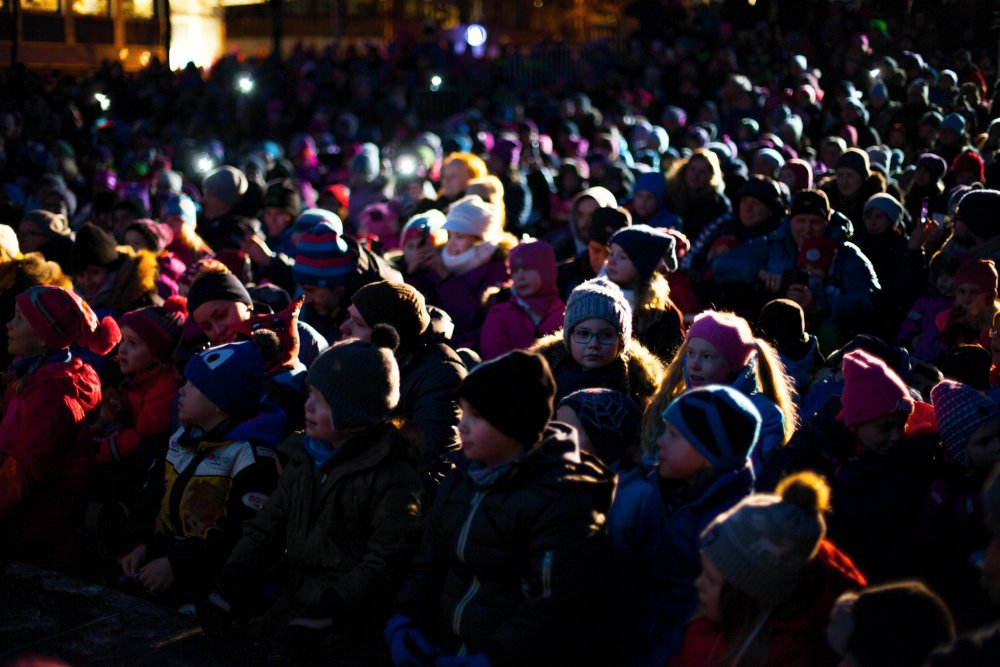
Tromsø’s outdoor family screening
Credit: Bianca Emilia Fjellstad/TIFF
Though there’s a small business side to the festival, Tromsø is first and foremost audience-focused, but Otte fears that its ‘cinema for cinema’s sake’ ethos sits uncertainly in today’s Norway: “The government now is not interested in giving money to dissemination – like, galleries show art rather than making it, festivals show films rather than making them. They say, “Can’t people watch films on their iPads?” Well, they can and they do, but most filmmakers make films for the big screen, that’s where it starts. The Norwegian government support the production of films, but that’s under discussion too. There’s a white paper due soon, and most likely they will press a lot of responsibility over to the private sector.”
The festival seems unafraid to push the point. At the closing ceremony a short film made over the course of the festival by local teenagers was screened. It cut together scenes of festival events (such as an outdoor, family screening of Disney’s Frozen – surely an unbeatable way to see that mega-hit), with interviews with Otte and Tromsø’s mayor. Rather mischievously the film showed the mayor explaining that yes, the festival is valued, but town budgets are tight – then presented him with information on the rather more favourable funding offered by the government to some of Norway’s music festivals.
Whatever the domestic politics involved, Tromsø is a wonderfully unique festival to visit, and 25 years in looks stronger than ever.
-
The Digital Edition and Archive quick link
Log in here to your digital edition and archive subscription, take a look at the packages on offer and buy a subscription.




